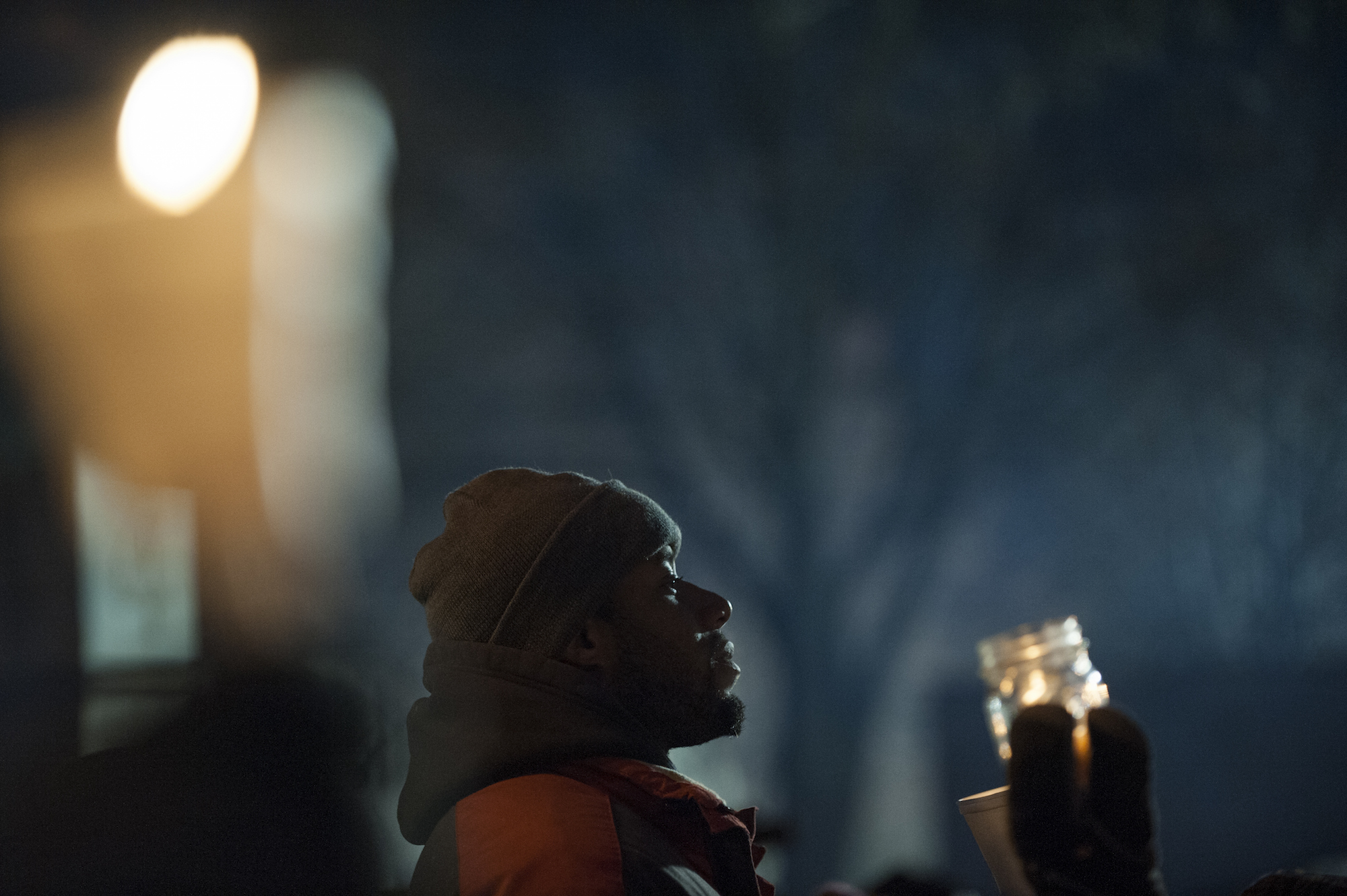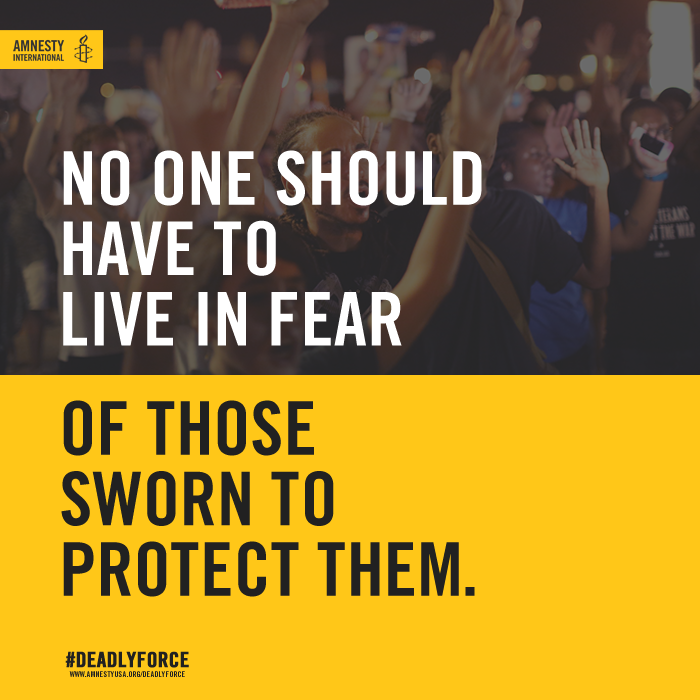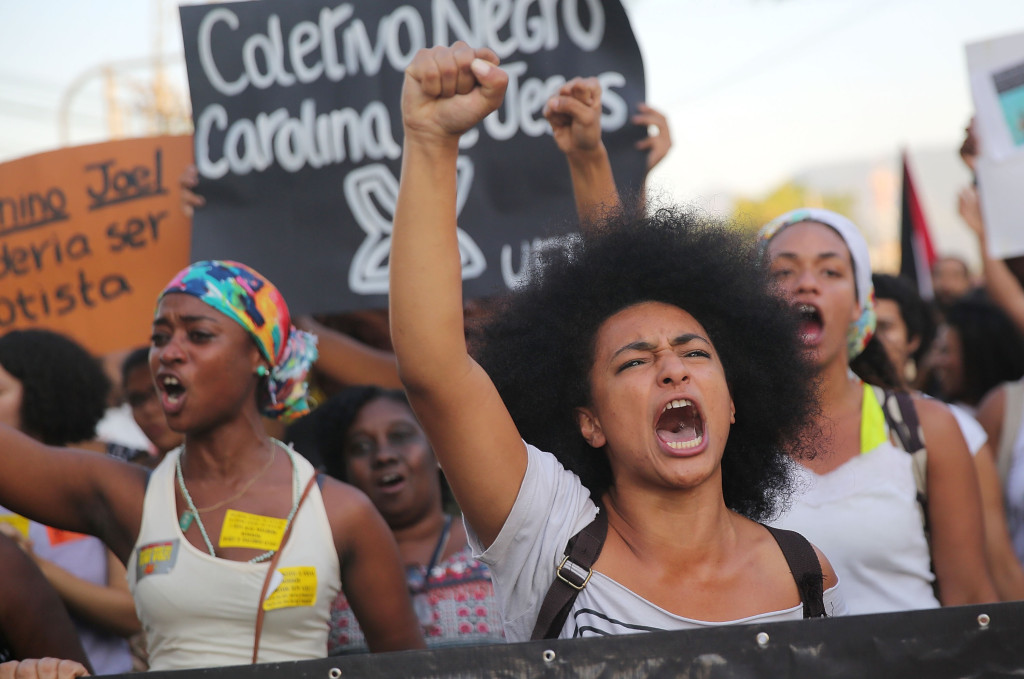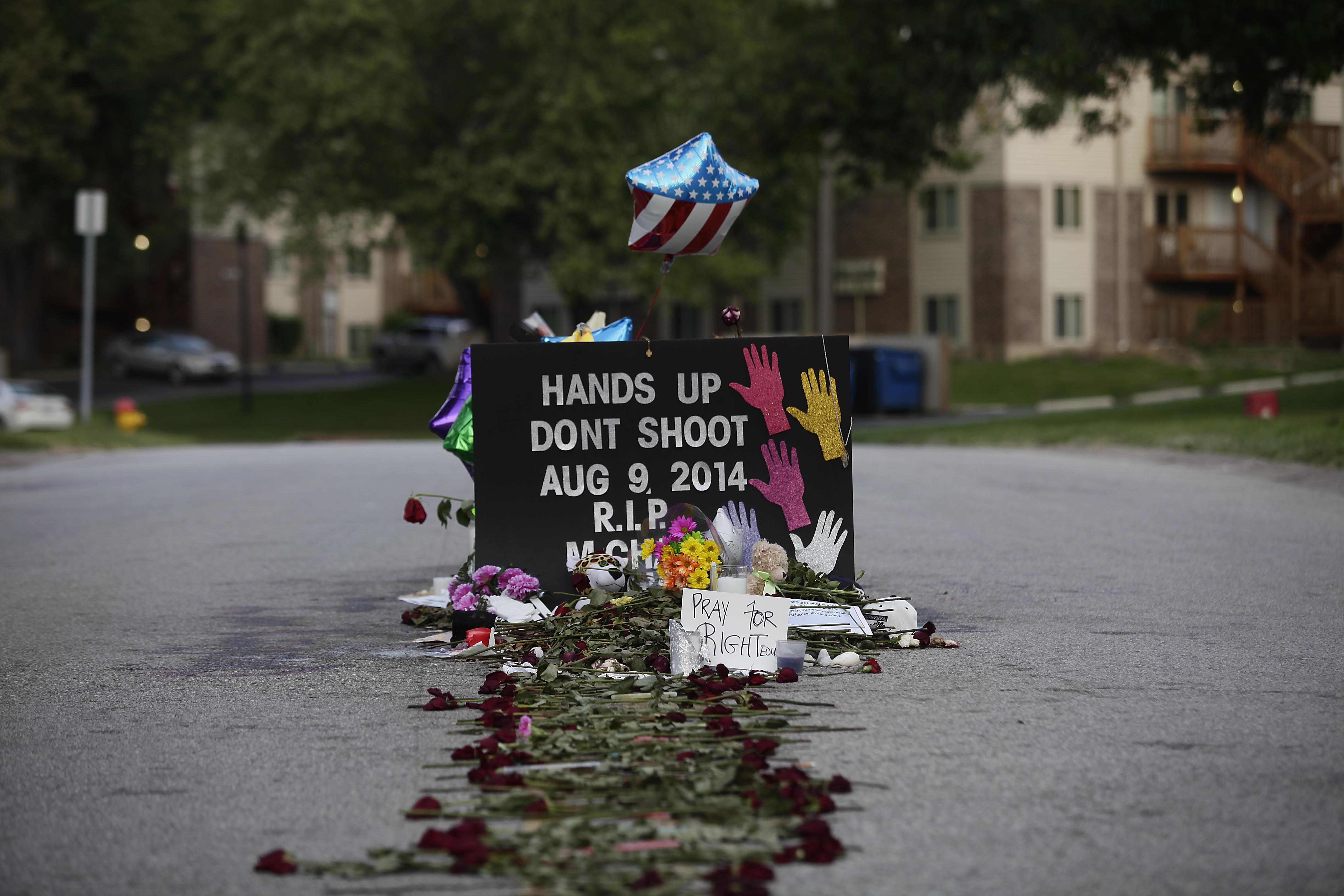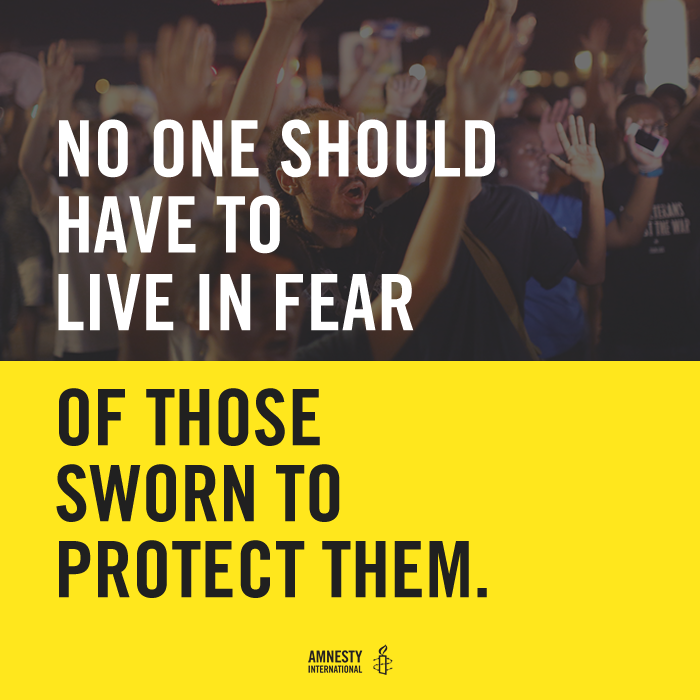
On March 15th, the International Day against Police Brutality will again remind the world of the lives lost and communities changed forever due to the unlawful use of deadly force by police.
Last year, we released our “Deadly Force” report, highlighting the increasing number of individuals killed by police in the United States. One of the most disturbing findings of the report, noted that all 50 states and Washington, D.C. fail to comply with international law and standards on the use of lethal force by law enforcement officers, and with more than 16,000 police departments across the country, the lack of consistency is evident. SEE THE REST OF THIS POST
